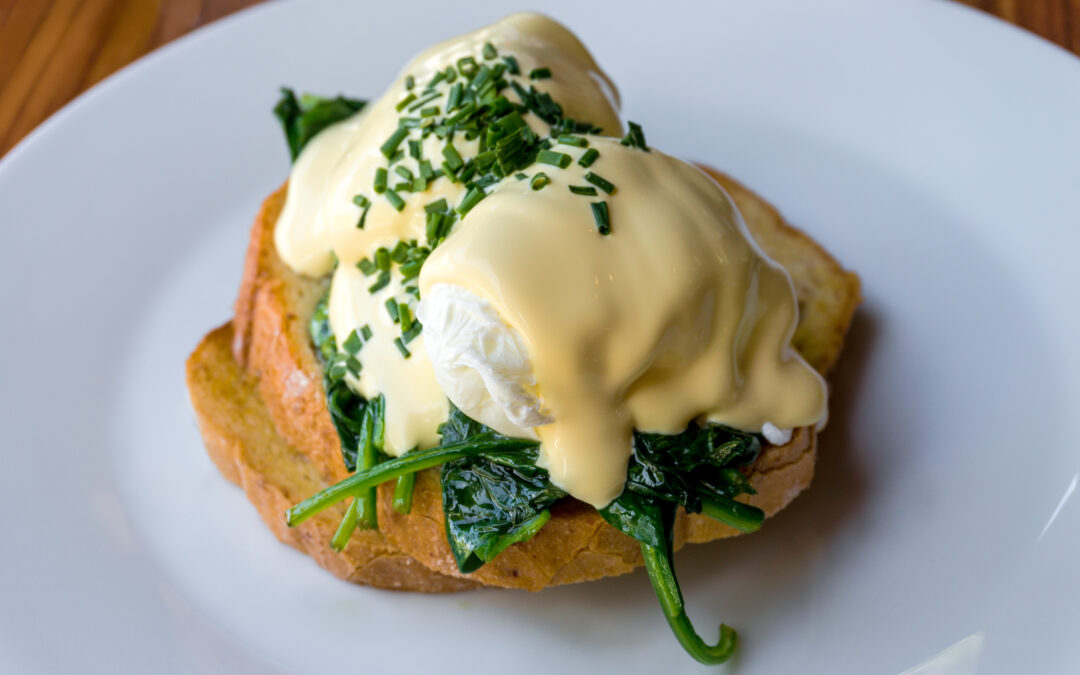
Photos: Chris Emeott
Specialty store serves as still life gallery for local artist.
Kitchens have long been served the décor leftovers—the “Where do we put this?” and the “I don’t know what to do with these.” The time is long overdue for kitchens to receive more than just state-of-the-art appliances, the latest in design aesthetics or top-of-the-line countertops.
While there will always be special spaces on the refrigerator for handmade arts and crafts by the youngest residents of a home, we feel it is high time to bring in original artwork to elevate and accentuate kitchen décor. And one need not always go to a traditional gallery or art dealers to find the right piece to display in the heart of the home. Enter: The Abundant Kitchen.
Let us start with the obvious: What are the shop’s primary offerings? Beautifully-culled kitchenware. “We like to think our shop has an array of specialty kitchen items for both the serious home cook and the cook who may think cooking is more of a chore,” says owner Becki Melvie. It also caters to “someone who wants ideas that switch up their routine—maybe a new spice that’s amazing on chicken that makes everyone ask, ‘How did you make this?’ Our mission is to help our customers look like an expert in the kitchen,” she says.

Becki Melvie, owner of The Abundant Kitchen
Before they hit the shelves, most of the items are evaluated. “If we don’t like it or get a customer feedback that it wasn’t a very good quality item, we 86 [get rid of] it,” Melvie says. “When offering inventory to our clients, we think of good, better, best. We want you to have a good option, a better option and the best option. So, if you are looking for a digital thermometer, we have several options that vary in quality and price.”
What will fill your shopping basket? A lot. There is a wide selection of Polish pottery, French dinnerware, barware glasses, coffee and tea brewing equipment, baking dishes, pans and pots galore. The gadget game is strong as is the spice, oil and vinegar collections. Melvie says, “The list goes on and, of course, our artwork.” And here is where things get more creative.

The store serves as a gallery of sorts for the still life work of area painter Patricia Riley. “[Riley’s] art is so special because you have to appreciate her style and [the] way she creates the art. It is truly fascinating,” Melvie says. Riley’s process begins with photographs of still life vignettes that she recreates with oil paints on linen panels, which she makes herself.
Melvie says, “Of course, we love her art because it features subjects from the kitchen—a knob of blue rind cheese, a loaf of sourdough, a bundle of grapes, perfectly ripe pears, a sliced pomegranate with juice spilling just so, dark purple beets, a bundle of rhubarb or a cluster of grape tomatoes. The tomatoes are so popular; we can never keep those paintings around very long.”

Untitled Still Life by Patricia Riley
There must be something about that sweet-sour botanical fruit because cherry tomatoes are among Riley’s favorite subjects to paint. “Their cascading colors as they ripen [are] just brilliant. Greens, yellows, oranges, red—all on one vine,” she says. “My mother loved her gardens, and so much of what I paint is in tender memory of her. I find that some people buy my work with similar sentiments. A painting that somehow reminds them of their childhood. I think it’s sweet.”
Riley’s work might touch a familial memory for some buyers, but it also emotes old-world sensibility. Antiques, including gold, brass and copper urns, spoons and tea pots, anchor images of uninterrupted fresh foods, styled bare and without modern accoutrements. “… I often use the same piece in more than one painting, brass vessels being my favorite to paint with copper coming in second,” she says. “A little secret: I often make changes to their appearance, adding complementary colors that aren’t there or moving a handle or spout.”
 While she paints other subjects, Riley is drawn to still lifes. She says, “I think the drama of light and shadow is my favorite way to present my still life work, also lost edges—edges that disappear into the background. I love a painting that has an element of mystery to it.”
While she paints other subjects, Riley is drawn to still lifes. She says, “I think the drama of light and shadow is my favorite way to present my still life work, also lost edges—edges that disappear into the background. I love a painting that has an element of mystery to it.”
Still lifes embrace multiple subject areas, so why does Riley feel an inclination toward food? “Food is actually a passion of mine. Maybe that’s why I paint it,” she says. “The beauty in a beet or a pear just has to be shared. I enjoy my gardens, and a lot of what I paint comes from them. I grow grapes, not to eat, but just to paint. They frequently find their way into my work, especially the vines.”
Art lovers can choose from work at the Excelsior store (There is also a sister shop in Buffalo.) and her website, and Riley also accepts commission work, but there is a caveat—it must resonate with her on some level. “Occasionally, I do it if all the right boxes are ticked,” she says.
While we think the kitchen is an ideal space to feature Riley’s work, it can satiate any room’s décor hunger. Melvie says, “… in reality, if you want to make a small, but impactful change, hanging a piece of [Riley’s] art is the perfect answer to not a complete overhaul, but something that will add style to your space.”
Seeking silver linings can be a way to blanket the difficulty of the recent pandemic lockdown, and Riley has seen a significant uptick in art sales. “People found themselves at home and realized they wanted to enjoy their spaces more,” she says. More time at home moved some people to view their walls through another lens. “Original art has a soul. There is a relationship between the artist and the viewer,” Riley says.
The Right Ingredients
By the time Riley was 15 years old, she was selling commissioned art from her family’s Golden Valley home. “Being the eighth of nine children, making art was my way of standing out,” she says. “My parents were very supportive, and they encouraged me in so many ways, enrolling me in adult art classes [while she was a child], setting up a working studio in our basement and reminding me that talent is a gift from God, and it should not be wasted.”
During her career, Riley leaned heavily into watercolor painting (Watercolor flowers were a staple of her work.), but she eventually needed a creative shift. “After 15-plus years painting with them, I felt a kind of restlessness in my work,” she says. “My shift to oils was exciting.
In my mind, there is a sophistication with oils that watercolors don’t have.”
Riley credits artist Robert Hagberg, who has a studio in Buffalo, for helping her make the transition toward oils. They met more than 20 years ago as members of a local art guild. “He is an accomplished landscape painter, a signature member of [Oil Painters of America] and a knowledgeable, patient teacher,” she says. “When I made the shift, from watercolors to oils, he mentored me in that process—what kind of paints to use, brushes, canvas, mediums, et cetera. Robert has a generous spirit and has been an important figure in my art career.”
Other sources of inspiration for Riley include Richard Schmid. “… his work excites and inspires me,” she says of the late painter, author and teacher. She also gives respectful nods to David Laffel, an artist in the style of early Dutch and Flemish painters, such as Vermeer and Rembrandt, and Jeff Legg, who studied at the Atelier Studio Program of Fine Arts and and the Minneapolis College of Art and Design.






















